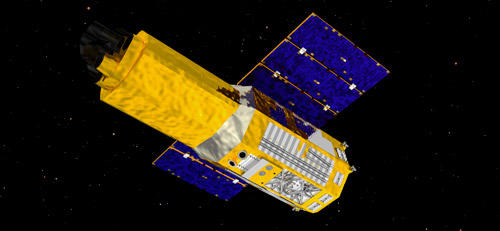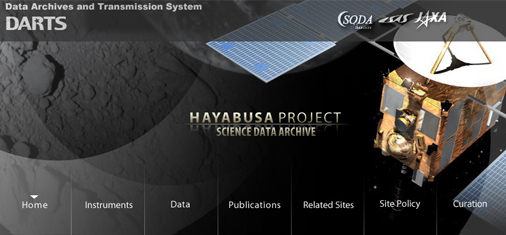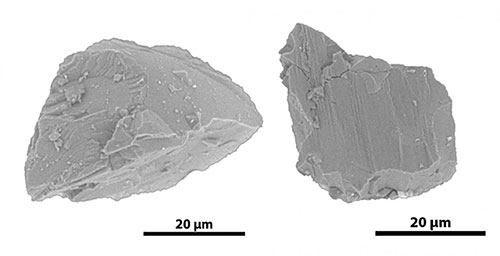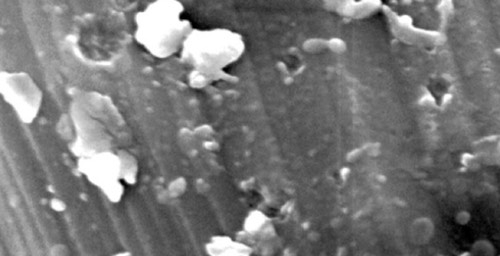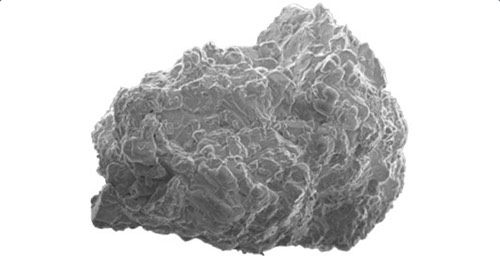Asteroids are thought to be celestial bodies that preserve information from the time of the Solar System's formation. If we collect a sample from an asteroid and bring it back to Earth to carry out precise research on it, we can gain some
precious clues to understand the origin and evolution of the Solar System.
Bringing back a sample from a celestial body in the Solar System is called "Sample Return." "HAYABUSA" is a probe to verify the practicality of acquired technology developed to archive future full-scale "sample return missions."
"HAYABUSA' was launched aboard the M-V Launch Vehicle on May 9,2003. It was accelerated by a swing-by of the Earth in May 2004 and reached its target Asteroid Itokawa on September 12,2005, after traveling about 2 billion kilometers. in September and October that year, "HAYABUSA" completed the most remote-sensing and measurement of the geometry of Itokawa and made two landings in November to collect a sample from Itakawa.
Through scientific observations performed during "HAYABUSA's" stay on Itokawa various knowledge was obtained including on its gravity and surface condition. The achievements of "HAYABUSA" were featured in the scientific magazine, "Science."
| Name | HAYABUSA (MUSES-C) |
|---|---|
| International Designation code | 2003-019A |
| Objectives | Experimental research on new engineering technologies necessary for returning planetary samples (sample return) to earth including electrical propulsion, autonomous navigation, sampler and reentry capsule. |
| Launch Date | May 9, 2003 |
| Launch Location | Kagoshima Space Center (Uchinoura) |
| Launch Vehicle | M-V-5 |
| Weight | 510 kg |
| Dimensions | Core 1.0m x 1.1m x 1.6m (Hexahedron) 5.7m full width at deployment of solar paddle |
| Orbit | Heliocentric |
| Operation | At 15:22 on May 19. 2004 (JST), HAYABUSA approached most closely to the earth at an altitude of 3,700 km over the Eastern Pacific Ocean and performed the powered swing-by by accelerating itself with ion engines. At that time, three cameras (one telecamera and two wide-angle cameras) and one near-infrared spectrometer, which were designed to be used for navigation and scientific observations, photographed the Moon and Earth, while simultaneously performing calibration and performance evaluation of the instruments. In September 2005, the explorer arrived at the asteroid Itokawa about 300 million km away from the earth. In November 2005, it successfully landed on Itokawa. In April 2007, HAYABUSA started full cruising operation to return to earth. |
| Results | Scientific observations were made over the asteroid Itokawa from mid-September through end-November 2005. Four observation instruments from altitudes of 20km to 3km observed Itokawa’s shape, terrain, surface altitude distribution, reflectance (spectrum), mineral composition, gravity, major element composition, etc. The observations provided us with much new information to study the asteroid formation process. By revealing the detailed figure of the most common small asteroid, we acquired important guidelines for future explorations of all types of asteroids. The scientific observation results were published in a special edition of the U.S. scientific journal "Science," a first for Japanese explorers. |


